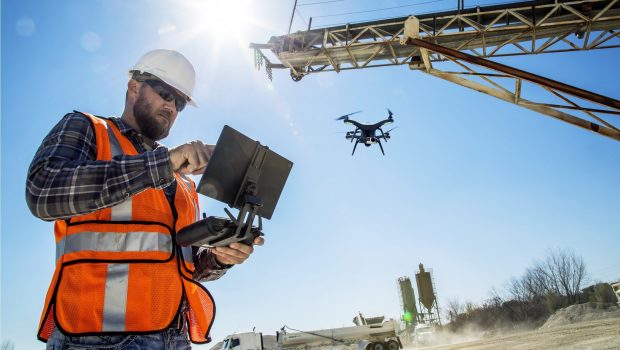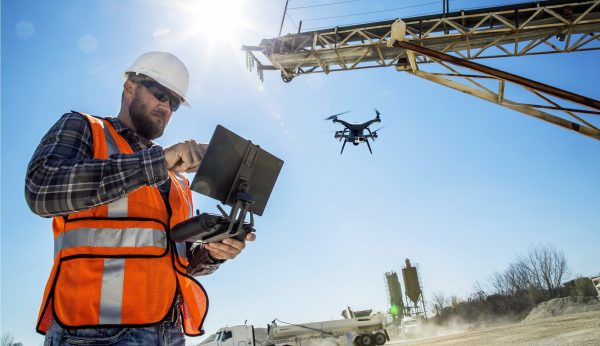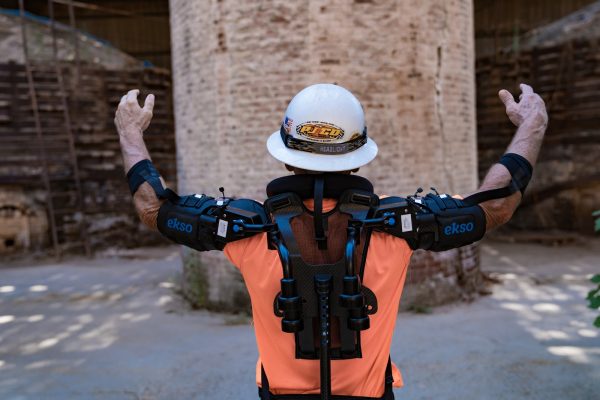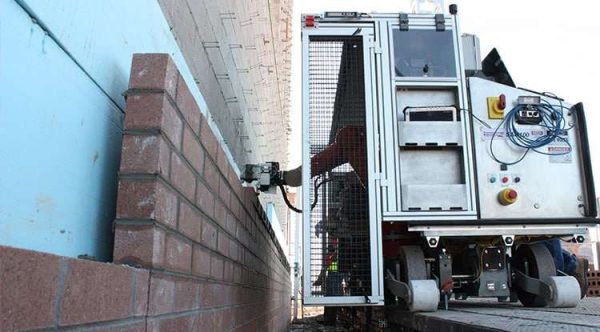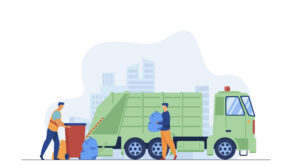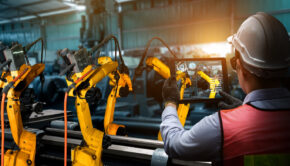4 Amazing Construction Tech Innovations Coming In 2020 & Beyond
Technology’s never changing. This is also the case in the construction industry. Although it’s not as in your face or as prominent as it is in other sectors, many futuristic developments have already been implemented into the industry, and several more are soon to follow suit.
So, what’s new and what’s on the horizon? These are four tech innovations to look out for in 2020, and in future years, which will really transform the way construction workers interact and how jobs are completed on construction sites.
Advanced Materials
If you haven’t seen self-healing concrete, you aren’t living. This is one of the latest advancements in what’s to come in the world of advanced materials.
This concrete repairs its own cracks or holes, utilizing self-activating bacteria being injected into limestone. Solar roof tiles being developed by Tesla are also another product in the works.
These developments are not only going to change the manner in which construction crews build and use materials but also how customers maintain their property once it’s built.
Imagine never having to repair or replace a wall again because it fixes itself. It sounds impossible until we see it in the works. More is sure to come as technological advancements make their way into the construction world in the coming years as well.
The Building and Construction Authority (BCA) launched the Multi-Skilling Scheme in 2012 with the goal of creating a pool of skilled workers that are trained in several construction occupations. Pay Your Fees for enrolling in a Coretrade course!
Drones
Dropshipping is a thing of the past. Companies used to rely on huge crates dropping in materials to save costs. With drones, this is no longer necessary.
Construction teams can survey a construction site, have deliveries made, and communicate on a large job site with crews clear across the other side. Drone software today uses 4K technologies and can pan over a much wider area of land to survey a site.
This will not only help construction crews determine the best methods to go about completing a job, but also the most cost-effective solutions for doing so.
Exoskeleton Suits
These are expensive, so they’re not going to be embraced immediately (at least not at first). These wearable suits allow construction crew members to carry more substantial materials, reducing exertion by up to 60% in some cases.
Workers are more efficient, and crews won’t need to utilize that heavy power equipment used in the past to carry stuff from one place to another on a job site. Imagine a 100-pound cement block feeling as if it weighs 40 pounds; with these suits, it’s possible.
Safety on job sites will also increase, as fewer injuries and accidents will occur with these suits working with their human counterparts.
Robotics
Advanced robotics are also in the works to make a significant impact on the construction industry in 2020 and beyond.
Dump trucks, bricklayers, and other heavy-duty equipment can be replaced by the proper utilization of robotics doing the carrying and lifting instead. Robots can complete more advanced tasks and understand more complex instructions with new technological advancements that are being introduced as well.
So, in recent years, they’ll be able to do even more than they’re doing now.
Although robots aren’t going to take over a job site, it’s not out of the norm to believe having one or two of these robots on a job site isn’t going to occur in the next few years. In all likelihood, most companies will embrace and use them for large jobs.
As technology advances and newer developments are in place, the robots which are currently being developed will be capable of doing more, in less time, and more efficiently than any current human or machine counterpart on a job site today.
And, these aren’t the only changes. The software offers real-time solutions for construction teams to communicate. Virtual reality allows construction crews to see a job site through to completion before they ever begin working on the job.
The use of sustainable solutions will help reduce costs and minimize waste on job sites. There’s plenty to look out for as 2020 fast approaches, and towards the future in the construction industry.
Of course, safety equipment, including collapsible cones, safety vests, goggles, and boots, are never going to go away. But, with the proper technologies in place, you’ll see a great deal of change in the coming years as to how construction jobs are undertaken, and how workers are utilized on a job site.

